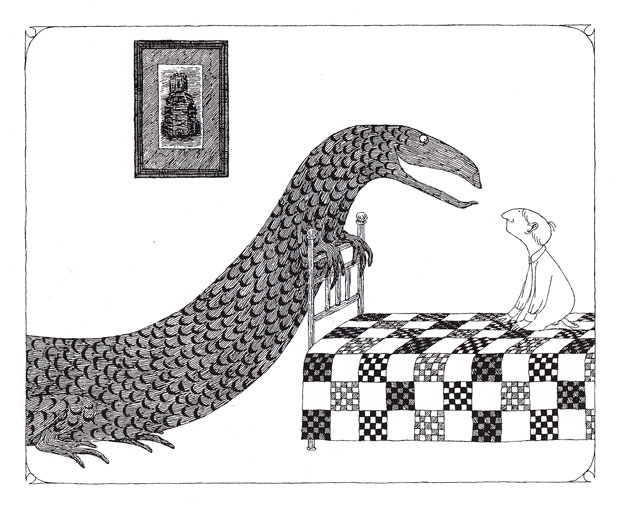
by Maria Popova, continued…
Extended exposure to stress, especially to a variety of stressors at the same time — any combination from the vast existential menu of life-events like moving, divorce, a demanding job, the loss of a loved one, and even ongoing childcare — adds up a state of extreme exhaustion that leads to what we call burnout.
Sternberg writes:
Members of certain professions are more prone to burnout than others — nurses and teachers, for example, are among those at highest risk. These professionals are faced daily with caregiving situations in their work lives, often with inadequate pay, inadequate help in their jobs, and with too many patients or students in their charge. Some studies are beginning to show that burnt-out patients may have not only psychological burnout, but also physiological burnout: a flattened cortisol response and inability to respond to any stress with even a slight burst of cortisol. In other words, chronic unrelenting stress can change the stress response itself. And it can change other hormone systems in the body as well.
One of the most profound such changes affects the reproductive system — extended periods of stress can shut down the secretion of reproductive hormones in both men and women, resulting in lower fertility. But the effects are especially perilous for women — recurring and extended episodes of depression result in permanent changes in bone structure, increasing the risk of osteoporosis. In other words, we register stress literally in our bones.
But stress isn’t a direct causal function of the circumstances we’re in — what either amplifies or ameliorates our experience of stress is, once again, memory. Sternberg writes:
Our perception of stress, and therefore our response to it, is an ever-changing thing that depends a great deal on the circumstances and settings in which we find ourselves. It depends on previous experience and knowledge, as well as on the actual event that has occurred. And it depends on memory, too.
The most acute manifestation of how memory modulates stress is post-traumatic stress disorder, or PTSD. For striking evidence of how memory encodes past experience into triggers, which then catalyze present experience, Sternberg points to research by psychologist Rachel Yehuda, who found both Holocaust survivors and their first-degree relatives — that is, children and siblings — exhibited a similar hormonal stress response.
This, Sternberg points out, could be a combination of nature and nurture — the survivors, as young parents for whom the trauma was still fresh, may well have subconsciously taught their children a common style of stress-responsiveness; but it’s also possible that these automatic hormonal stress responses permanently changed the parents’ biology and were transmitted via DNA to their children. Once again, memory encodes stress into our very bodies. Sternberg considers the broader implications:
Stress need not be on the order of war, rape, or the Holocaust to trigger at least some elements of PTSD. Common stresses that we all experience can trigger the emotional memory of a stressful circumstance — and all its accompanying physiological responses. Prolonged stress — such as divorce, a hostile workplace, the end of a relationship, or the death of a loved one — can all trigger elements of PTSD.
Among the major stressors — which include life-events expected to be on the list, such as divorce and the death of a loved one — is also one somewhat unexpected situation, at least to those who haven’t undergone it: moving. Sternberg considers the commonalities between something as devastating as death and something as mundane as moving:
One is certainly loss — the loss of someone or something familiar. Another is novelty — finding oneself in a new and unfamiliar place because of the loss. Together these amount to change: moving away from something one knows and toward something one doesn’t.
[…]
An unfamiliar environment is a universal stressor to nearly all species, no matter how developed or undeveloped.
In the remainder of the thoroughly illuminating The Balance Within, Sternberg goes on to explore the role of interpersonal relationships in both contributing to stress and shielding us from it, how the immune system changes our moods, and what we can do to harness these neurobiological insights in alleviating our experience of the stressors with which every human life is strewn.
<< Back to Part 2
the article was originally published here
The Balance Within, The Science Connecting Health and Emotions by Esther M. Sternberg, MD











